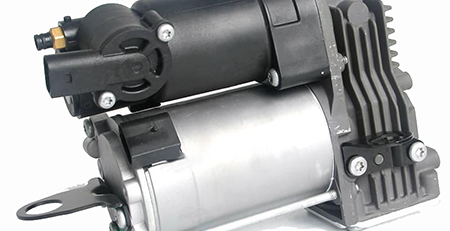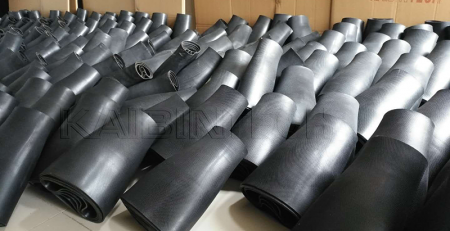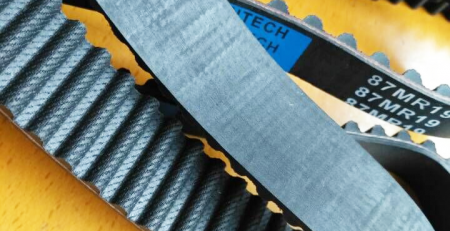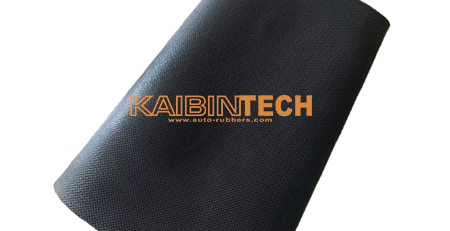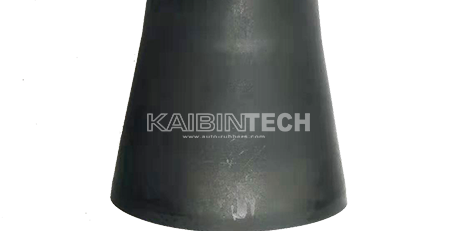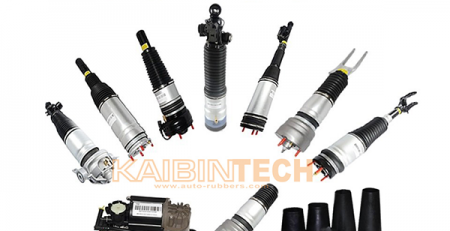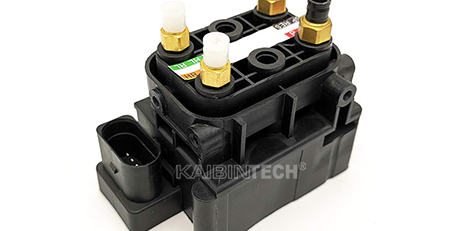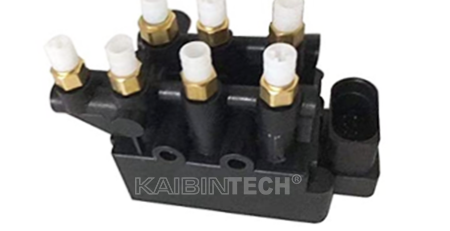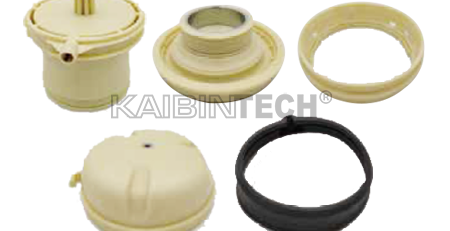What’s an shock absorber and how does it work?
Shock Absorber (Vibration Damper) is mainly used to suppress the shock of the spring and the impact from the road surface when it rebounds after absorbing the shock. When passing on uneven roads, although the shock-absorbing spring can filter the vibration of the road, the spring itself will reciprocate, and the shock absorber is used to suppress the jump of this spring. If the shock absorber is too soft, the body will jump up and down. If the shock absorber is too hard, it will bring too much resistance and prevent the spring from working properly.
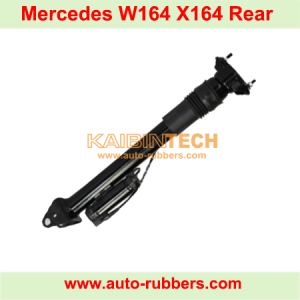
Mercedes Benz w164 rear air suspension shock absorber core
The working principle of automobile shock absorber
In the suspension system, the elastic element is shocked to produce vibration. In order to improve the ride comfort of the car, a shock absorber is installed in parallel with the elastic element in the suspension to attenuate the vibration. The shock absorber used in the suspension system of the automobile is mostly hydraulic damping. The working principle of the shock absorber is that when the frame (or body) and the axle are subject to vibration, the piston in the shock absorber moves up and down, and the oil in the shock absorber cavity repeatedly passes through different chambers.
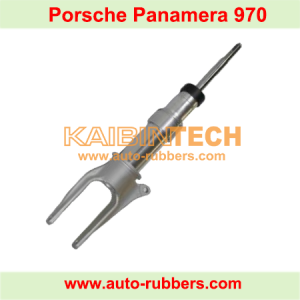
shock absorber for Porsche Panamera 970
The pore flows into another cavity. At this time, the friction between the hole wall and the oil and the internal friction between the oil molecules form a damping force on the vibration, so that the vehicle vibration energy is converted into oil heat, which is then absorbed by the shock absorber and emitted into the atmosphere. When the oil channel cross-section and other factors remain unchanged, the damping force increases or decreases with the relative movement speed between the frame and the axle (or wheel), and is related to the oil viscosity.
The shock absorber and the elastic element undertake the task of buffering shock and damping. Excessive damping force will deteriorate the elasticity of the suspension and even damage the shock absorber connector. Because of the contradiction between adjusting the elastic element and the shock absorber.
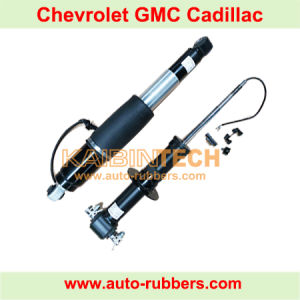
Front and rear air spring shock strut for Cadillac Escalade Chevrolet Tahoe Suburban GMC Sierra 1500 Yukon XL
(1) In the compression stroke (the axle and the frame are close to each other), the damping force of the shock absorber is small, so as to give full play to the elastic effect of the elastic element and alleviate the impact. At this time, the elastic element plays a major role.
(2) During the extension stroke of the suspension (the axle and the frame are far away from each other), the damping force of the shock absorber should be large and the vibration should be quickly reduced.
(3) When the relative speed between the axle (or wheel) and the axle is too large, the shock absorber is required to automatically increase the fluid flow, so that the damping force is always kept within a certain limit to avoid excessive impact Load.
In the automobile suspension system, the cylindrical shock absorber is widely used, and it can dampen the vibration in both compression and extension strokes. It is called a two-way-acting shock absorber. There is also a new type of shock absorber, which includes a gas-filled shock absorber. Vibrator and adjustable resistance shock absorber.
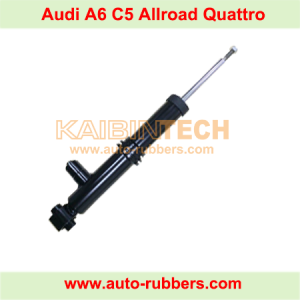
air spring shock core for Audi A6 C5 4B 01 05 Allroad Quattro
The working principle of the double-acting cylindrical shock absorber is explained. During the compression stroke, it means that the car wheels move closer to the body and the shock absorber is compressed. At this time, the piston 3 in the shock absorber moves downward. The volume of the lower chamber of the piston decreases, the oil pressure rises, and the oil flows through the flow valve 8 to the chamber (upper chamber) above the piston. Part of the space in the upper chamber is occupied by the piston rod 1, so the increased volume of the upper chamber is smaller than the reduced volume of the lower chamber, and a part of the oil pushes the compression valve 6 open and flows back to the oil storage cylinder 5. The oil saving of these valves forms the damping force of the suspension under compression movement.
When the shock absorber is in the extension stroke, the wheel is equivalent to far away from the body, and the shock absorber is stretched. At this time, the piston of the shock absorber moves upward. The oil pressure in the upper cavity of the piston rises, the flow valve 8 is closed, and the oil in the upper cavity pushes open the expansion valve 4 and flows into the lower cavity.
Due to the existence of the piston rod, the oil flowing from the upper cavity is not enough to fill the increased volume of the lower cavity, and the lower cavity is mainly caused to generate a vacuum degree. At this time, the oil in the oil storage cylinder pushes open the compensation valve 7 and flows into the lower cavity. supplement. Because of the throttling effect of these valves, the suspension has a damping effect during extension movement.
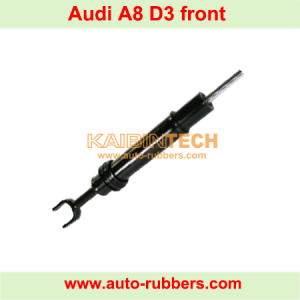
Air Spring Suspension Strut Repair Part shock core for Audi A8
Since the spring stiffness and pre-tightening force of the expansion valve are designed to be greater than that of the compression valve, under the same pressure, the sum of the channel load areas of the expansion valve and the corresponding normally open gap is smaller than the sum of the cross-sectional area of the compression valve and the corresponding normally open gap. This makes the damping force generated by the extension stroke of the shock absorber greater than the damping force of the compression stroke, which meets the requirements of rapid vibration reduction.
Classification of shock absorbers
The shock absorbers currently in use are: 1. Rubber shock absorber; 2. Spring shock absorber; 3. Air shock absorber; 4. Oil air shock absorber; 5. All oil shock absorber.
From the perspective of the material that produces damping, shock absorbers are mainly divided into two types: hydraulic and pneumatic. There is also a variable damping shock absorber.
The structure of the shock absorber
The structure of the shock absorber is that the piston rod with the piston is inserted into the cylinder, and the cylinder is filled with oil. There is an orifice on the piston so that the oil in the two spaces separated by the piston can supplement each other. Damping is produced when viscous oil passes through the orifice. The smaller the orifice, the greater the damping force, and the greater the viscosity of the oil, the greater the damping force.
If the size of the orifice remains unchanged, when the shock absorber works fast, the damping will be too large to affect the shock absorption. Therefore, a disc-shaped leaf spring valve is installed at the outlet of the orifice. When the pressure increases, the valve is pushed open, the opening of the orifice becomes larger, and the damping becomes smaller. Since the piston moves in both directions, leaf spring valves are installed on both sides of the piston, which are called compression valves and expansion valves.
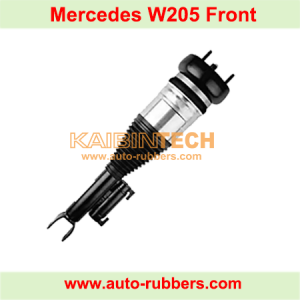
Mercedes Benz front airmatic strut W205
According to its structure, the shock absorber can be divided into double barrel type and single barrel type. The double-cylinder type means that the shock absorber has two inner and outer cylinders. The piston moves in the inner cylinder. Due to the entry and withdrawal of the piston rod, the volume of oil in the inner cylinder increases and shrinks, so it must be maintained by exchanging with the outer cylinder. The balance of oil in the inner cylinder. Therefore, there are four valves in the double-cylinder shock absorber, that is, in addition to the two throttle valves on the piston mentioned above, there are also flow valves and compensation valves installed between the inner and outer cylinders to complete the exchange function.
Compared with the double-tube type, the single-tube type shock absorber has a simple structure and reduces a set of valve systems. It is equipped with a floating piston in the lower part of the cylinder (the so-called floating means that there is no piston rod to control its movement), and a closed air chamber is formed under the floating piston, filled with high-pressure nitrogen. The above-mentioned changes in the liquid level caused by the oil in and out of the piston rod are automatically adapted by the floating of the floating piston. In addition to the two shock absorbers mentioned above, there are also adjustable resistance shock absorbers. It can be operated externally to change the size of the orifice. In recent automobiles, electronically controlled shock absorbers are used as standard equipment. The driving state is detected by sensors, and the computer calculates the optimal damping force to make the damping force adjustment mechanism on the shock absorber work automatically.
In the process of modifying the suspension system, hard shock absorbers should be matched with hard springs, and the hardness of the spring is closely related to the weight of the vehicle, so heavier cars generally use harder shock absorbers. The device connected with the vibration-inducing crankshaft is used to counteract the torsional vibration of the crankshaft (that is, the phenomenon that the crankshaft is twisted by the impact of the ignition of the cylinder).
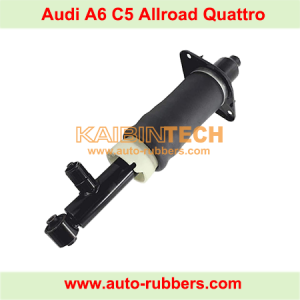
reair air suspension for Audi A6 C5 left or right shock absorber strut

